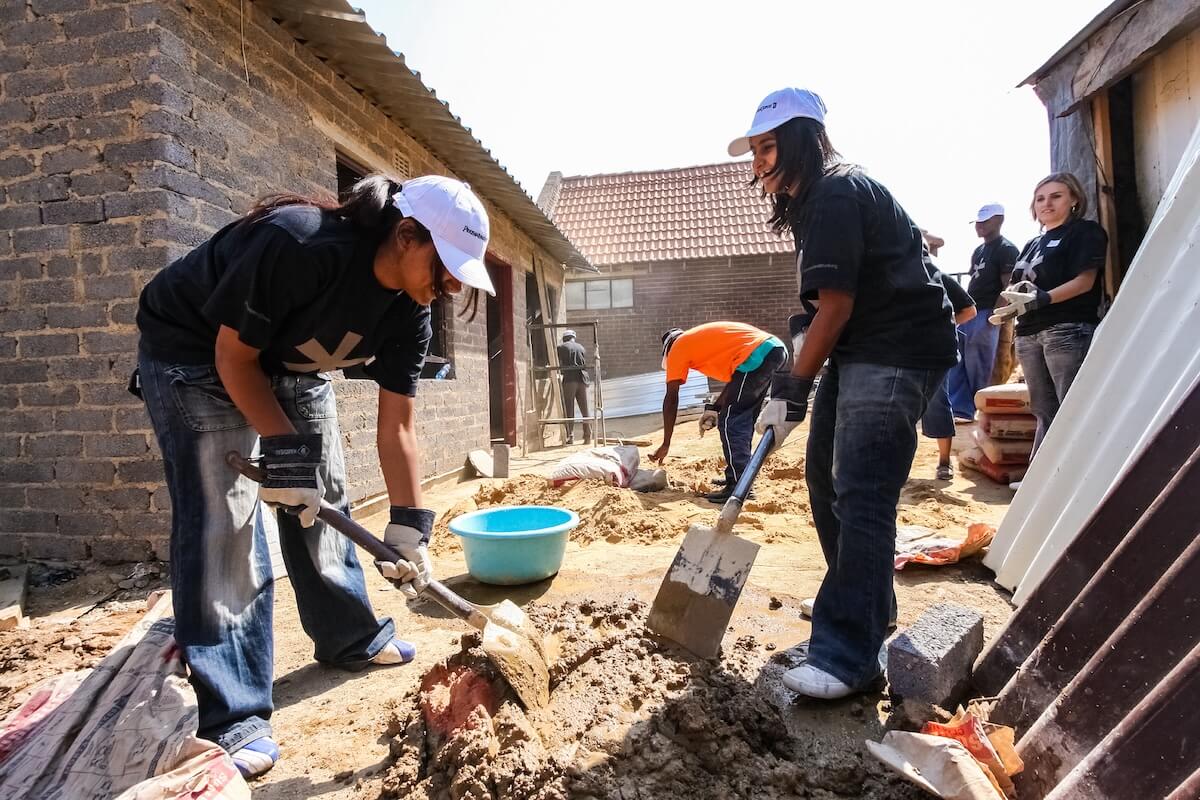Around the world, a half-billion small farmers grow coffee, cocoa, cashews and other basic food commodities to meet the growing demand for food. They rely on farmer cooperatives and associations, traders and exporters, and processors further up the supply chain to link them to local and global markets.
Many of those agricultural suppliers are locked out of formal banking systems and left without access to basic credit and other capital. That’s an investment opportunity for a group of social investors that are extending credit to agribusinesses in new and underdeveloped markets.
Last year, the 11 social lenders, including Root Capital, Alterfin and responsAbility, collectively deployed $682 million, up 9% from the year earlier, to 765 agribusiness in Latin America, sub-Saharan Africa and Asia. Here are a few takeaways from Council on Smallholder Agricultural Finance’s state of the sector report, released today:
- Lending grew but grew less. Last year the group grew lending 9% year-over-year to $682 million, providing credit to 765 agribusiness. In 2015 lending grew 12% and in 2014 it grew 62%.
- Reach. Those businesses, which earned $7.6 billion revenues, sourced from 2.3 million farmers (29% of them women), who took home $6 billion of agribusiness revenues.
- Africa shines, Latin America struggles. Disbursements in Africa grew 44%, in Central America they fell by 8% and in South America lending fell 10%.
- What to watch: Coffee in Colombia and Indonesia, cashews in Vietnam and macadamia nuts in Kenya, cocoa in Ivory Coast and Uganda — all received influxes of lending in 2016. Lenders project growth in Colombia, Indonesia, Uganda, and Kenya.
- Ticket-size grew. The median loan size to new borrowers grew 50% to $547,000, a signal of growing demand for credit from mid-size businesses for investments in equipment, technologies and infrastructure, said responsAbility’s Gaëlle Bonnieux on a conference call. As long as the average plot size of the farmers borrowers source from remains low (2.6 hectares in 2016), says Bonnieux, bigger loans help bring lender costs down. Lower costs meaning better performance for investors.
- Asset finance grows. Though trade finance continues to dominate, long-term asset finance to mid-size companies (see ticket size above) continues to grow, according to the report, representing 13% of overall disbursements in 2016 (up from 7% in 2014). “There’s beginning to be a need for equity for the bigger players in the value chain,” said Alterfin’s Hugo Couderé.
- How to catalyze more lending: Public funding that takes on more risk and lower returns to attract private investors. Support for technical assistance to build investment ready agribusinesses. Smart subsidies from donors and policymakers such as loan guarantees and skill-building vouchers and distressed debt and foreign currency facilities (see pg. 32–34 of the report for seven smart ‘smart subsidy’ ideas).
Full webinar available here.











